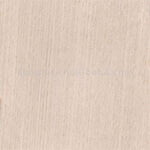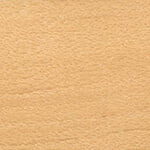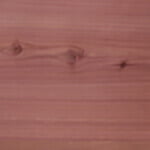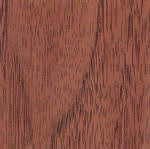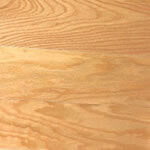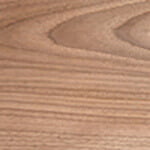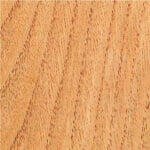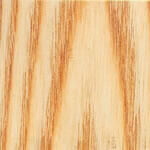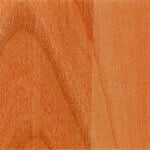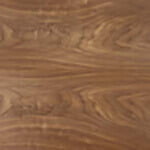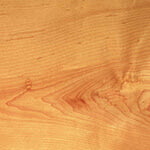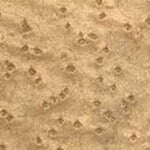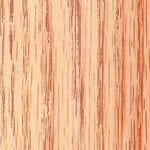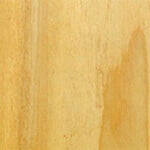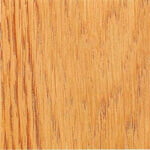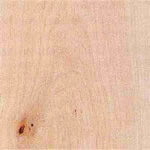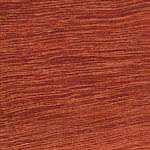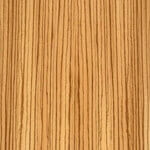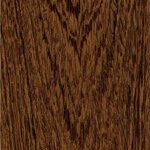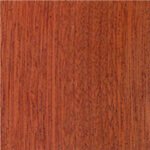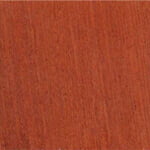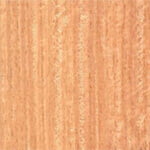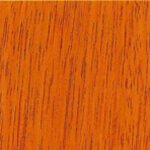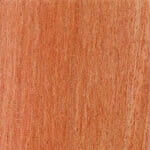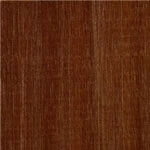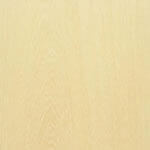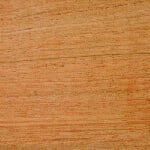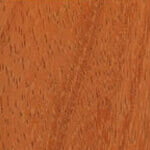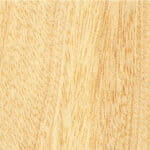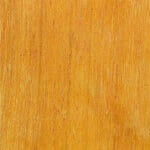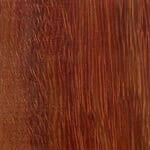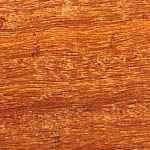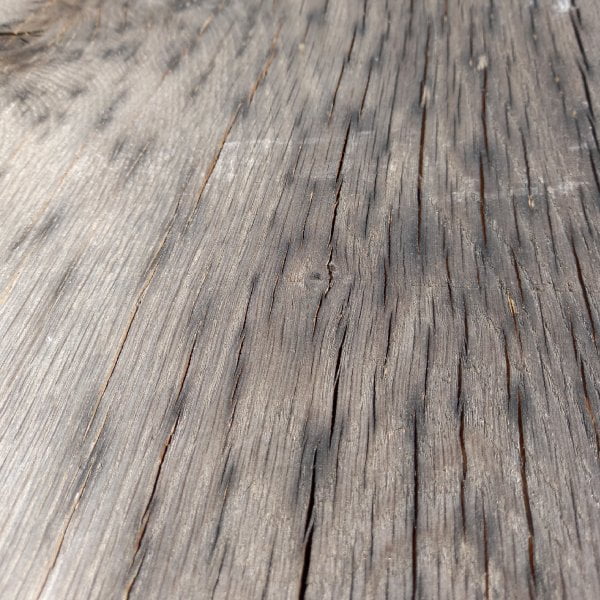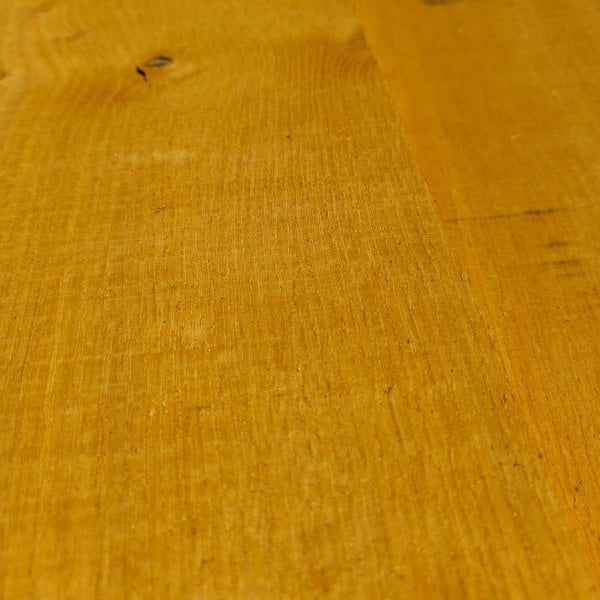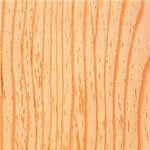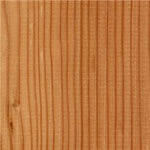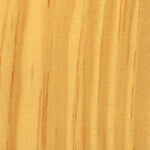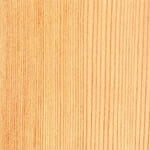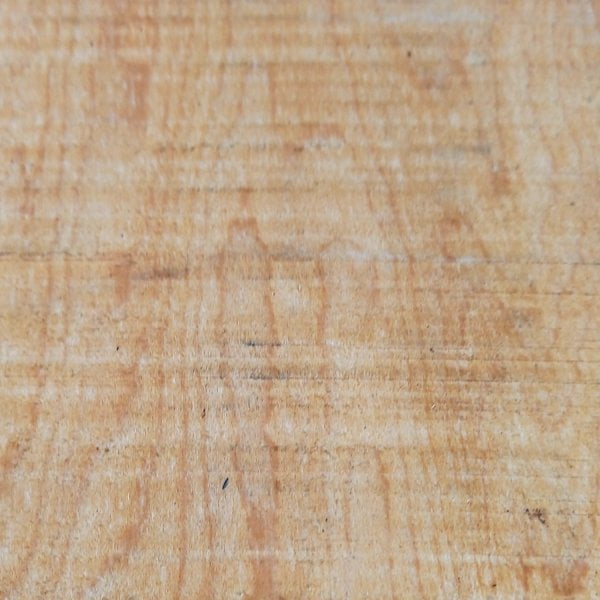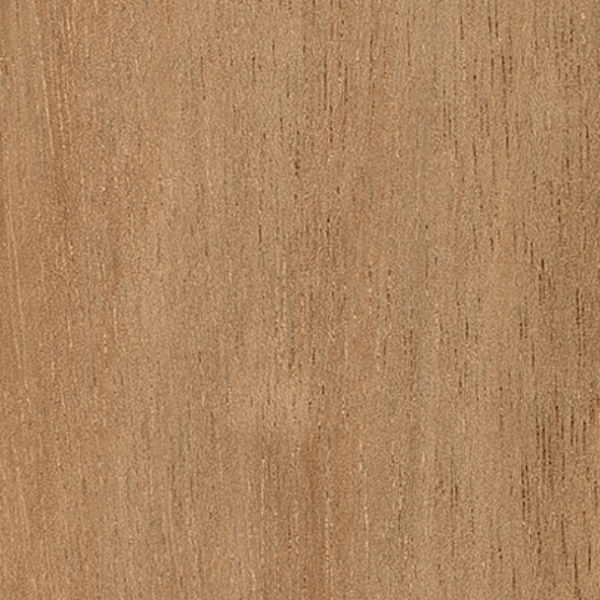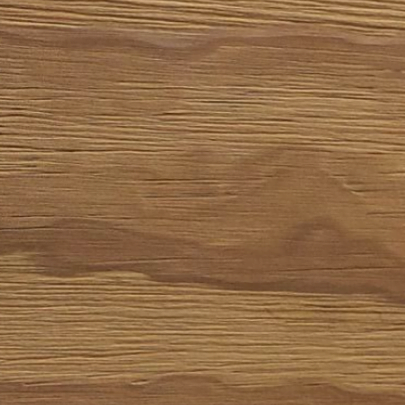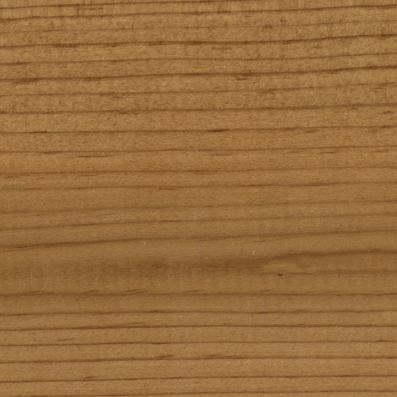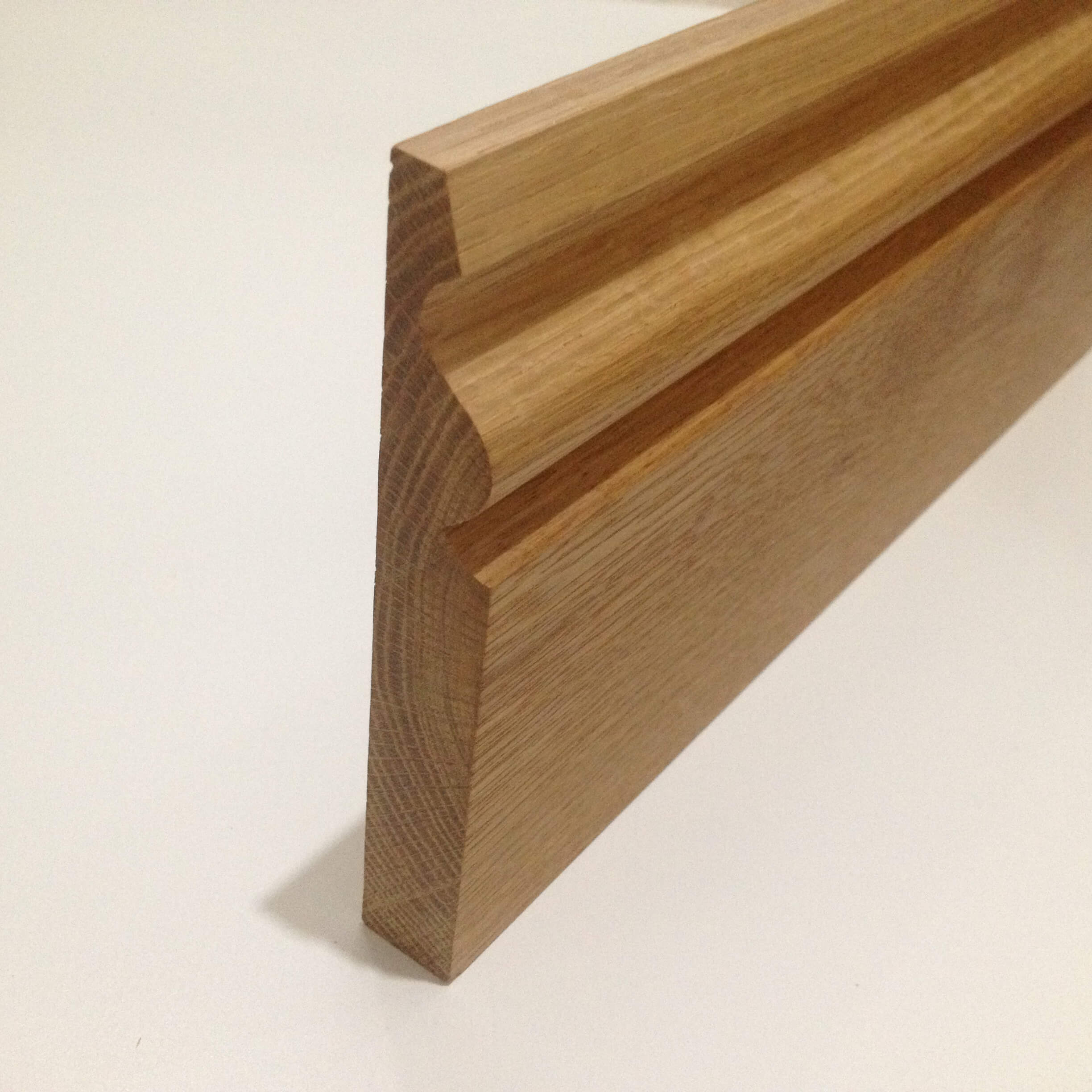Do you know your bullnose from your chamfered, ogee, or torus skirting boards? And which material is best for skirting boards? It’s not as complicated as it sounds.
Plastic vs. wood
Plastic skirting boards, usually made from UPVC, are a lesser-known alternative to traditional wooden skirting boards.
Since they can be mass-produced more easily, plastic skirting boards tend to be cheaper than their timber counterparts. Unfortunately, this can affect the quality of the final product – early adopters of plastic skirting boards have reported poorly applied finishes and joins that are difficult (or impossible) to line up seamlessly. Plastic is a less forgiving material than wood, so you may also experience problems if your wall is not perfectly flat.
Perhaps the biggest difference between plastic and wood skirting boards in the appearance, even aside from quality issues. Real wood can be varnished, or painted to any color you like. A good quality timber skirting board will never look out of place.
With plastic skirting boards, your options will be limited.
There is also the environmental credentials to consider. Unlike natural wood products, there is no completely environmentally friendly way to dispose of UPVC plastic when your skirting boards come to the end of their life.
Timber, even hardwood timber like oak, is one of the most eco-friendly building materials available anywhere in the world. Source your timber skirting boards from a certified supplier to ensure that the wood comes from a sustainably managed forest.
Hardwood skirting boards vs. softwood or MDF
If you walk into any high street DIY shop, you will mainly find softwood and MDF skirting boards. These are cheap, but as with plastic versions, do not offer the same quality finish as hardwood products.
Softwood skirting boards are prone to warping with changes in humidity and temperature. Although hardwood is not completely immune from this, high quality dried oak skirting boards are much less likely to do so to any serious degree.
Hardwood skirting boards are more expensive than off-the-shelf skirting, but are also extremely durable. The main reasons to choose hardwood skirting is the aesthetic. Like other timber skirting boards, they can be painted to match your room, but oak skirting boards are best finished in a clear coat varnish that allows the grain to show through. MDF skirtings boards need to be painted, and are generally available in fewer different profiles.
Which skirting profile?
There are an infinite number of possible skirting profiles, but the four most popular are bullnose, chamfered, ogee, and torus.
Bullnose skirting boards

Bullnose skirting boards are beautiful in their simplicity. They are ideally suited to modern rooms, or in cottages where more elaborate profiles would look out of place.
Chamfered skirting boards

Chamfered skirting boards have a little bit more flare than bullnose skirting boards, while remaining clean and simple. We are one of the leading supplies of Chamfered skirting boards in the UK, and keep these in stock and ready to ship.
Ogee skirting boards

Ogee skirting boards are a classic, and provide a timeless look. Ideal for hallways, living rooms, dining rooms and bedrooms.
Torus skirting boards

Torus skirting boards are also commonly found in homes across britain. They are more slightly less ornate than ogee skirting boards, but no less versatile.
As with all our oak skirting boards, we produce torus skirting boards at our timber mill and stock them in our timber yard – ready to ship.
